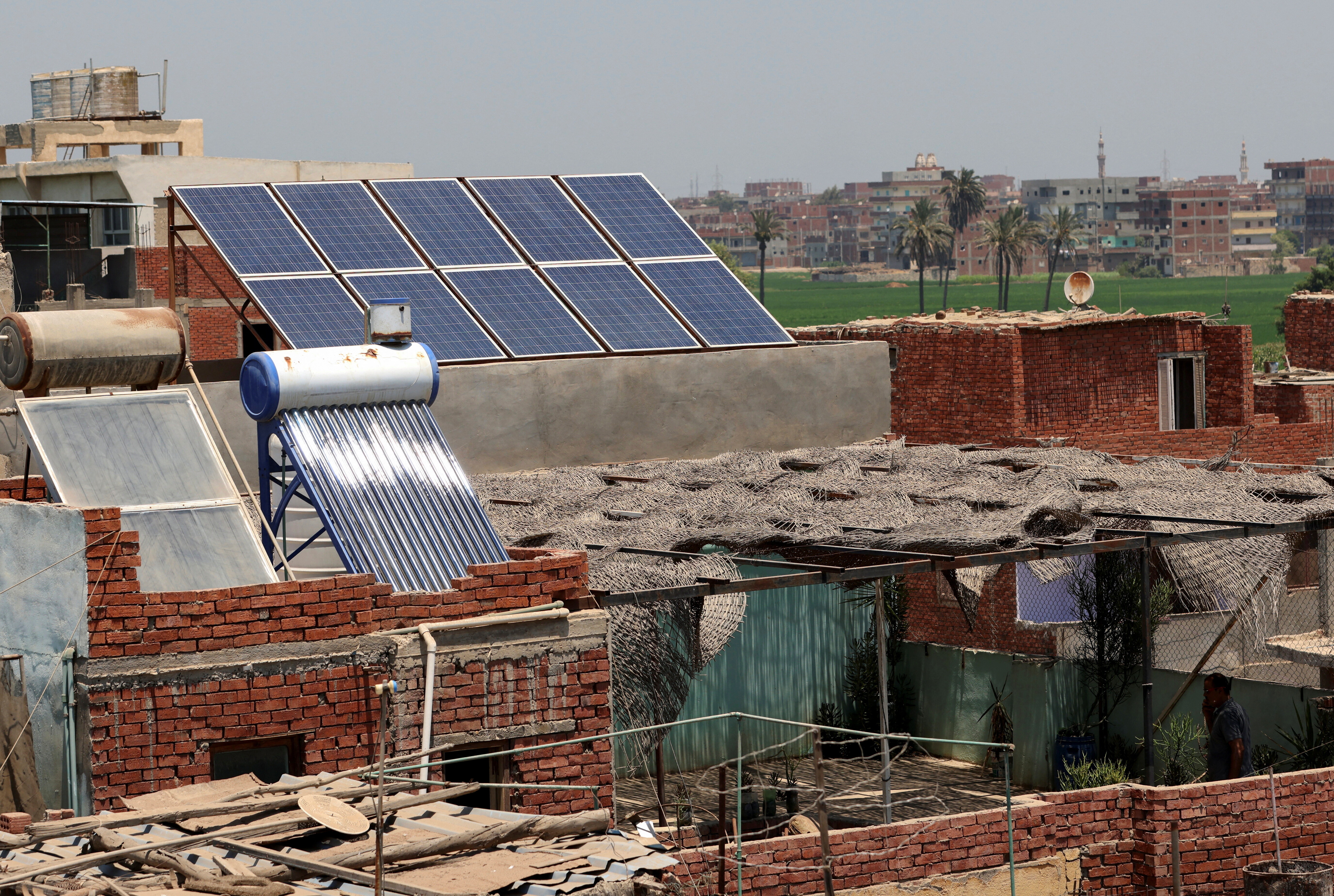Japanese politicians have a unique solution to the country's population problem - letting babies cry

Image: REUTERS/Issei Kato
Stay up to date:
Japan
Thirteen male Japanese governors have signed on to support an initiative promoting a more tolerant attitude toward crying babies, an indicator of how desperate the country is to turnaround its shrinking population.
Last week, the politicians pledged to support the "We Love Babies Project," which aims to create a society "where babies can cry whenever and wherever they want." The group encourages individuals, businesses, and restaurants to display "It's OK to cry" stickers in an attempt to change how people view raising children and stem depopulation.
The initiative started in 2016, but this is its most prominent endorsement, so far.
"Japanese society still tends to make mothers and fathers feel sorry for people nearby when their babies start crying," Eikei Suzuki, a governor for Mie Prefecture, was quoted as saying by Kyodo News. "We want to change that social situation," he said.
With more than a dozen senior politicians lending their weight to the baby crying initiative, it seems as though Japan is trying to tackle its demographic time bomb by creating a society more supportive of parents and their children.
Japan's population is rapidly aging, with senior citizens over the age of 65 making up more than a quarter of the population. But the birth rate has been constantly plummeting.
Last year, only 946,060 babies were born in Japan, the lowest number since records were first collected in 1899. Part of the problem is that there are already fewer women of child-bearing age, but Japan has struggled to create a supportive environment for those who do have kids.
Some neighborhoods refuse to have preschools or parks because of the sound of children, according to AFP.
This, combined with the Abe government encouraging more women to enter the workforce, and the government offering to help pay some childcare costs, has led to a dramatic shortage of preschools. In April 2017 the waiting list for government nurseries hit 26,081 and some parents consider landing a spot at a nursery harder than being admitted to a prestigious university.
The demand for nursery staff is so high that one woman recently apologized for getting pregnant ahead of the schedule her boss had previously set for her.
Don't miss any update on this topic
Create a free account and access your personalized content collection with our latest publications and analyses.
License and Republishing
World Economic Forum articles may be republished in accordance with the Creative Commons Attribution-NonCommercial-NoDerivatives 4.0 International Public License, and in accordance with our Terms of Use.
The views expressed in this article are those of the author alone and not the World Economic Forum.
Related topics:
Forum Stories newsletter
Bringing you weekly curated insights and analysis on the global issues that matter.
More on Economic GrowthSee all
Jake Yu
November 10, 2025
Marco Lambertini and Marcelo Bicalho Behar
November 6, 2025
Souleymane Ba and Nakul Zaveri
November 4, 2025
Aimée Dushime
November 4, 2025
Junpei Guo
October 30, 2025
Dylan Reim
October 29, 2025







